Growth of the Automotive Industry
The Automotive Heater Core Market is poised for growth, driven by the overall expansion of the automotive sector. As vehicle production increases, the demand for essential components, including heater cores, rises correspondingly. Recent statistics indicate that the automotive industry is expected to grow at a rate of 4.5% annually, which directly impacts the heater core market. This growth is fueled by rising consumer preferences for personal vehicles and advancements in manufacturing technologies. Consequently, the Automotive Heater Core Market is likely to benefit from this upward trend, as manufacturers seek to meet the increasing demand for efficient heating systems in new vehicle models.
Regulatory Standards for Emissions
The Automotive Heater Core Market is significantly influenced by stringent regulatory standards aimed at reducing vehicle emissions. Governments worldwide are implementing regulations that necessitate the use of more efficient heating systems, including heater cores, to minimize energy consumption and emissions. These regulations encourage manufacturers to invest in advanced technologies that enhance the efficiency of heating systems. For instance, the implementation of Euro 6 standards in Europe has prompted automakers to adopt innovative solutions in their heating systems. As a result, the Automotive Heater Core Market is likely to witness a shift towards more environmentally friendly heating solutions, aligning with global sustainability goals.
Rising Demand for Comfort Features
The Automotive Heater Core Market experiences a notable increase in demand for comfort features within vehicles. As consumers prioritize comfort, manufacturers are compelled to enhance heating systems, including heater cores, to provide optimal cabin temperatures. This trend is particularly evident in premium and luxury vehicles, where advanced climate control systems are becoming standard. According to recent data, the market for automotive heating systems is projected to grow at a compound annual growth rate of approximately 5.2% over the next five years. This growth is indicative of a broader consumer preference for vehicles that offer superior comfort, thereby driving innovation in the Automotive Heater Core Market.
Increase in Electric Vehicle Production
The rise in electric vehicle production is a significant driver for the Automotive Heater Core Market. As electric vehicles become more prevalent, the need for efficient heating solutions that do not compromise battery life is paramount. Manufacturers are exploring innovative heater core designs that utilize electric heating elements, which are more compatible with electric vehicle architectures. Recent projections suggest that electric vehicle sales could reach 30% of total vehicle sales by 2030, indicating a substantial shift in the automotive landscape. This transition presents opportunities for the Automotive Heater Core Market to adapt and innovate, ensuring that heating systems meet the unique requirements of electric vehicles.
Technological Innovations in Heating Systems
Technological advancements play a crucial role in shaping the Automotive Heater Core Market. Innovations such as the integration of smart heating technologies and improved materials are enhancing the performance and efficiency of heater cores. For example, the development of lightweight materials not only reduces the overall weight of the heating system but also improves thermal efficiency. Furthermore, the incorporation of smart sensors allows for more precise temperature control, enhancing user comfort. As these technologies continue to evolve, the Automotive Heater Core Market is likely to see increased adoption of advanced heating solutions, catering to the demands of modern consumers.



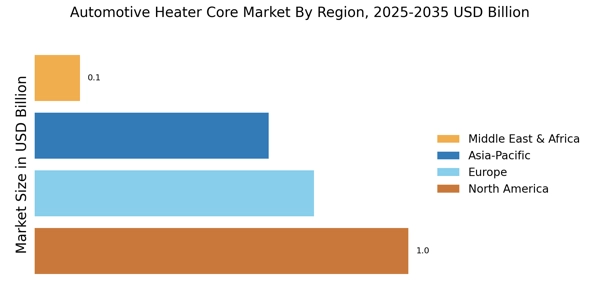
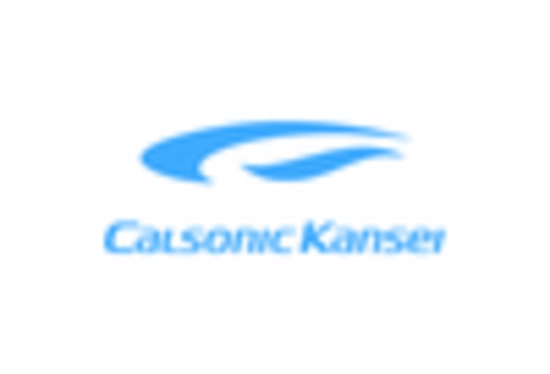

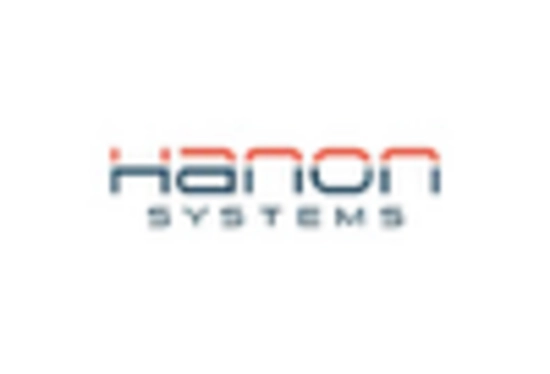
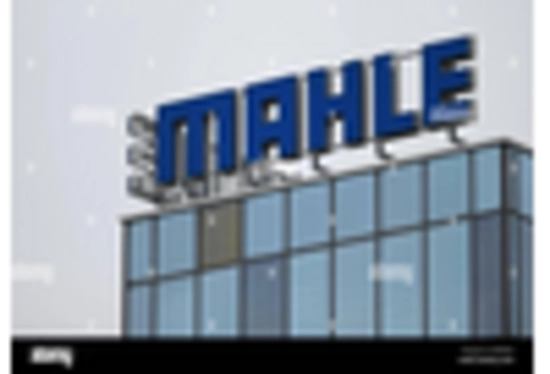
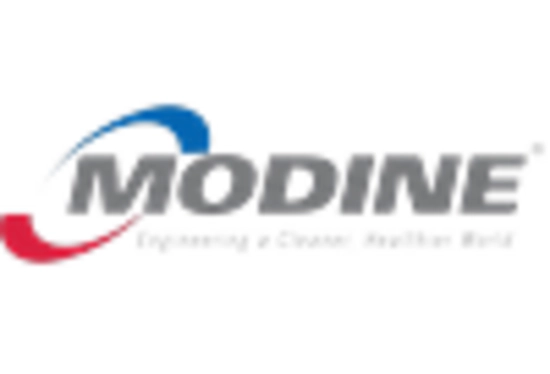
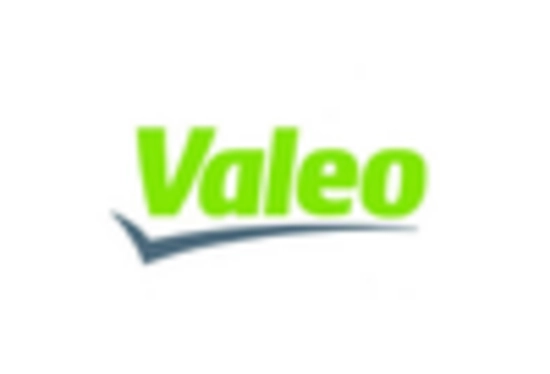








Leave a Comment